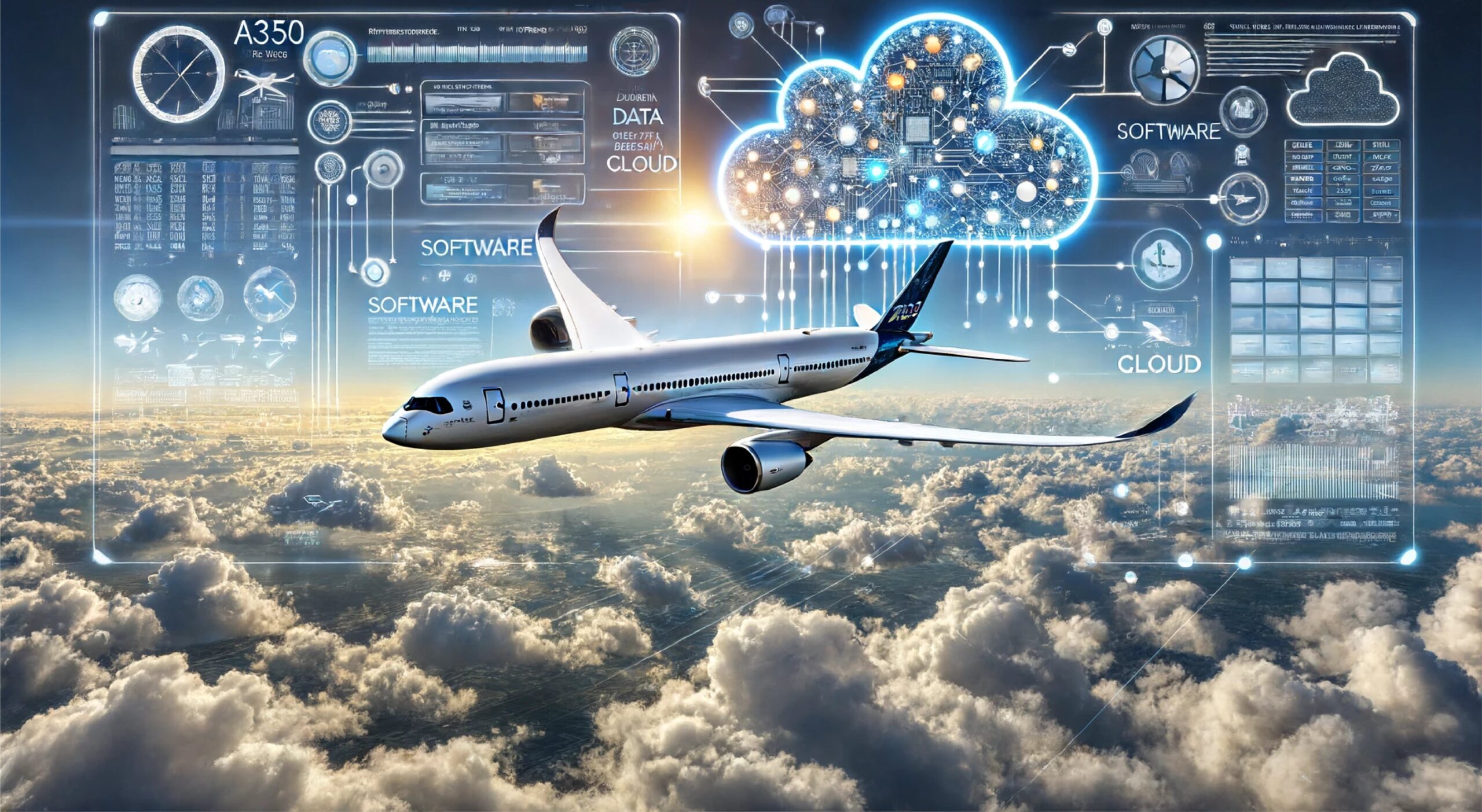The advancement of lidar electronics in aviation holds a significant promise in revolutionizing the aerospace industry. Lidar technology, which stands for Light Detection and Ranging, has become an integral part of modern aviation systems, offering incredible accuracy and efficiency to both commercial and military aircraft. In this article, we will examine how this cutting-edge technology is making a difference in avionics and the broader aerospace sector.

Understanding Lidar: A Brief Overview
Before diving into its applications in aviation, it’s crucial to understand what lidar technology entails. Lidar uses laser pulses to measure distances by analyzing the reflected light from objects. This technology is primarily used to create detailed 3D maps of the environment, which is crucial in navigational systems.
How Lidar Works
Lidar sensors emit laser beams towards the targeted area, which then reflect back to the sensor. The time taken for the light to return is used to calculate the distance, allowing the system to build a precise picture of the surroundings. This makes lidar invaluable for applications requiring high precision and detail.
The Role of Lidar in Aviation
In recent years, the use of lidar electronics in aviation has transformed how we think about flight. Lidar systems offer enhanced mapping capabilities, improved obstacle detection, and greater navigational specificity. Let’s explore these applications in more detail.
Improving Safety with Accurate Terrain Mapping
Lidar technology provides highly accurate terrain mapping, which is essential for safe landing and takeoff procedures. By generating detailed topographical maps, pilots can better understand their environment, reducing the risk of accidents due to terrain awareness issues.
Enhanced Obstacle Detection
Lidar’s ability to detect and accurately map obstacles in real-time is a game-changer for aviation safety. It helps in identifying potential hazards like buildings, mountains, or other aircraft, thereby enabling systems to take corrective action promptly.
Advanced Navigation and Autonomy
With the advent of sophisticated autopilot systems, lidar plays a key role in making flights more autonomous. By providing accurate and real-time data, it allows for smoother, more efficient flights, reducing human error, and paving the way for future autonomous commercial flights.
Economic Impact on the Aviation Industry
The adoption of lidar electronics in aviation not only enhances safety and efficiency but also has significant economic implications. By improving the precision of navigation and reducing navigational errors, airlines can save on fuel costs and maintenance expenses.
Cost Savings and Efficiency
Airlines benefit from the improved fuel efficiency achieved through optimized flight paths facilitated by lidar. This technology helps reduce time spent in the air and minimizes the wear and tear on aircraft, leading to long-term cost savings.
Market Growth and Opportunities
The demand for lidar technology in aviation is poised for growth. With continuous advancements and increasing adoption, there are vast opportunities for companies to innovate and develop new lidar-based solutions that cater to the specific needs of the aviation sector.
Challenges Facing Lidar Implementation
Despite its numerous advantages, implementing lidar in aviation comes with challenges. These include cost, technological integration, and regulatory compliance.
Cost and Technological Barriers
Lidar systems can be costly to develop and implement, which poses a barrier for smaller companies or emerging markets. Additionally, integrating lidar with existing avionics systems requires sophisticated engineering solutions.
Regulatory and Compliance Issues
Compliance with international aviation standards and regulations can be complex. Ensuring that lidar systems meet these requirements is essential for their widespread adoption and use.
Future Prospects of Lidar in Aviation
The future of lidar electronics in aviation seems promising, with potential applications extending beyond current uses. As technology evolves, lidar is expected to assist more in air traffic management, disaster response, and environmental monitoring.
Expansion into Air Traffic Management
Lidar has the potential to revolutionize air traffic management systems by offering unparalleled precision in aircraft tracking and control. This could lead to more efficient air traffic networks and reduced congestion.
New Avenues in Disaster Response
Utilizing lidar for rapid mapping and assessment in disaster scenarios can improve the speed and efficiency of response efforts, providing critical data when it is most needed.
To further explore the integration of modern technologies in aviation, you can read about modern avionics in aerospace and the importance of thermal management in avionics.
Conclusion
As lidar electronics in aviation continue to evolve, they offer tremendous potential to reshape the industry’s landscape. By fostering safer, more efficient, and cost-effective flight operations, lidar stands to be a cornerstone technology in the future of aviation.

FAQs
How does lidar improve aviation safety?
Lidar technology enhances aviation safety by providing detailed terrain and obstacle mapping, which is critical for landing, takeoffs, and avoiding mid-air collisions.
What are the economic benefits of using lidar in aviation?
Using lidar can lead to significant economic benefits for airlines, including reduced fuel consumption and maintenance costs resulting from improved flight efficiency and reduced navigational errors.
Are there challenges in implementing lidar technology in aviation?
Yes, challenges include the high costs of lidar systems, the need for technical integration with existing systems, and compliance with regulatory standards.


